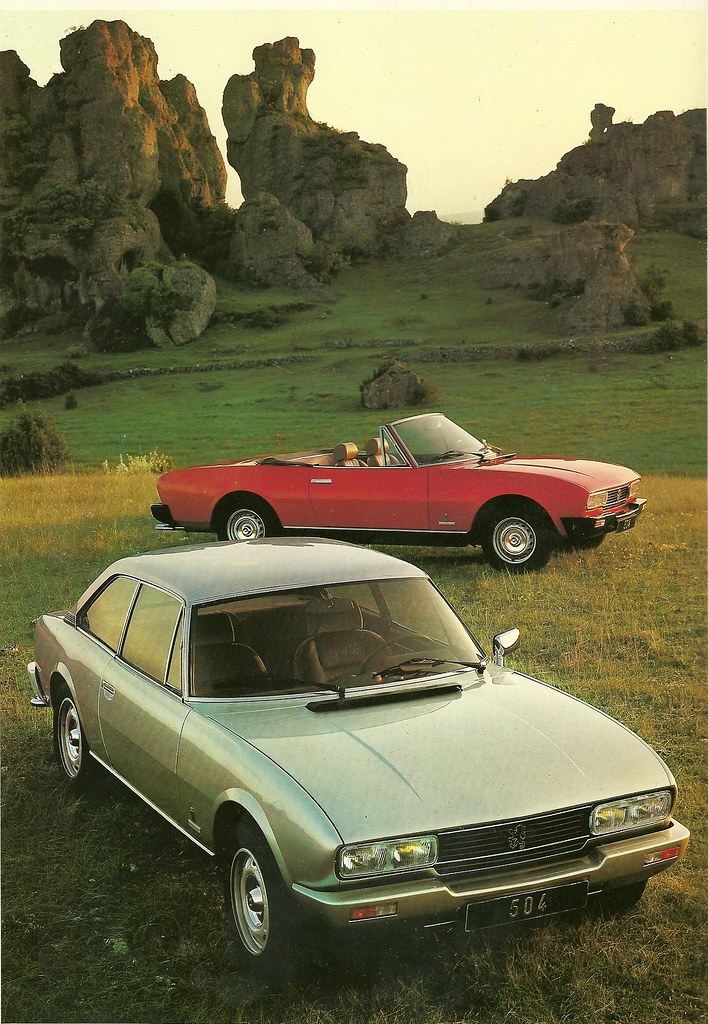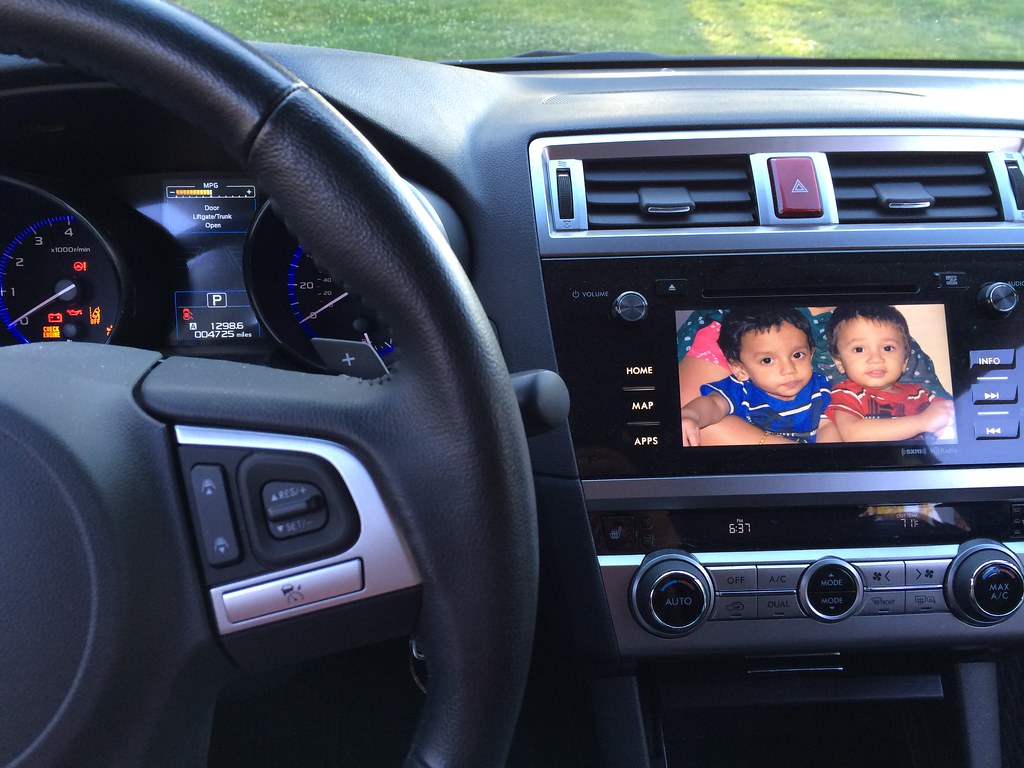
The summer months bring a bounty of enjoyable things, from spontaneous picnics to eagerly anticipated vacations. However, for every car owner, this season’s intense sunshine also brings an unwelcome guest: damage to their vehicle’s dashboard and interior. The tell-tale signs of this unwelcome visitor—fading, cracking, and other forms of deterioration—are not only unsightly but can also significantly impact your car’s resale value, turning what should be a season of joy into a source of automotive anxiety.
Understanding the risks is the first step toward effective protection. The sun’s potent rays, specifically its UV radiation, can have a truly damaging effect on a car’s dashboard and interior. These UV rays break down the chemical bonds that comprise the materials used in automotive interiors, leading to that all-too-familiar decay, fading, and cracking over time. Upholstery is especially vulnerable to this type of deterioration, and if that wasn’t enough, excessive heat can also cause your dashboard and other interior components to warp.
Fortunately, safeguarding your vehicle’s interior from the relentless assault of UV rays and summer heat is entirely within your control. We’ve compiled a comprehensive list of practical, actionable steps you can take to keep your car looking its best and preserve its value for years to come. These aren’t just minor fixes; they’re clever solutions, or ‘hacks’ as we like to call them, designed to empower you to take control of your car’s longevity and aesthetic appeal. Let’s dive into the first half of these essential strategies, focusing on immediate and physical barriers to sun damage.
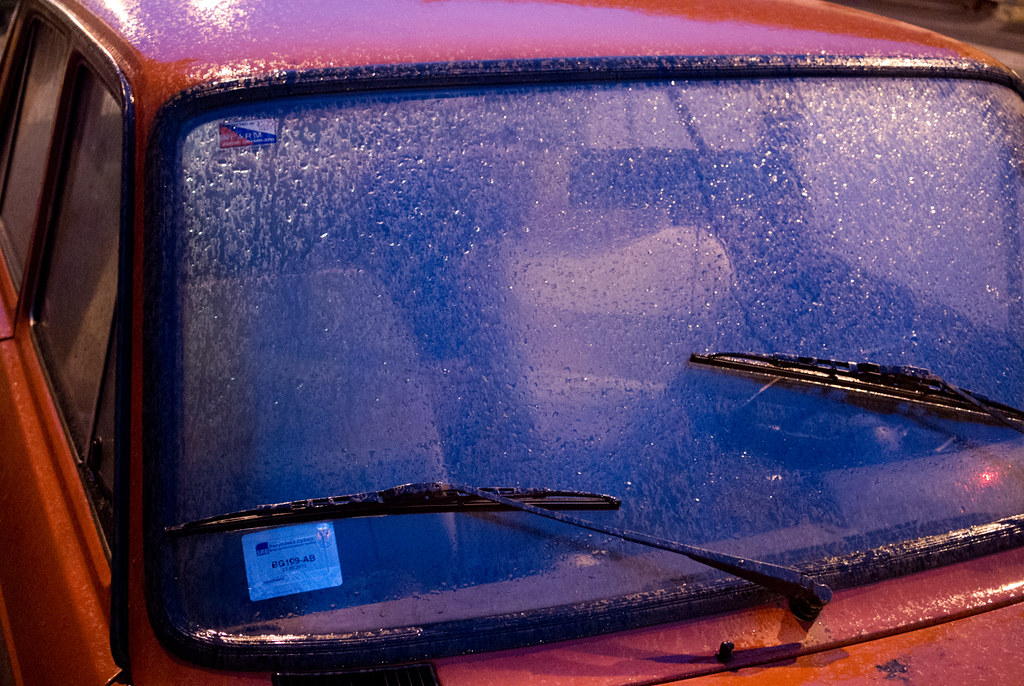
1. **Use Windshield Sunshades**One of the most straightforward yet incredibly effective ways to protect your car’s dashboard from sun damage is to deploy a windshield sunshade. This simple accessory acts as a robust barrier, preventing direct sunlight from penetrating your vehicle and drastically reducing the heat buildup inside. When the sun’s powerful rays stream through your windshield, they create an intense heat trap, accelerating the fading, cracking, and warping process of your dashboard materials. A well-placed windshield sunshade, with its reflective surface, actively deflects these rays, minimizing damage and keeping your dashboard considerably cooler. It’s a proactive measure that works wonders in preserving both the appearance and the structural integrity of your interior.
To truly maximize the protective benefits of a windshield sunshade, fit is paramount. Most sunshades are designed with specific vehicle makes and models in mind, so selecting one that perfectly matches your windshield’s dimensions is crucial for comprehensive coverage. An ideal fit eliminates gaps, ensuring no stray sunlight can sneak in to do its damage. Installation is typically a breeze – simply unfold and position the shade against the inside of your windshield, with the reflective side facing outward. Some models even come equipped with suction cups or fold-down panels to secure their position, guaranteeing they stay put, even on the most scorching days, offering consistent protection.
This protective habit becomes especially critical during extended parking periods in direct sunlight, whether you’re at work, tackling errands, or enjoying outdoor activities. Beyond safeguarding your dashboard, a sunshade contributes significantly to a cooler cabin temperature. This means less reliance on your air conditioning system when you return to your car, offering both comfort and potential fuel efficiency. Moreover, the sunshade extends its protective shield to other vital interior components, like your steering wheel, seats, and sensitive electronics, making it a versatile and indispensable tool in your car care arsenal.
For added convenience, consider opting for a foldable or retractable sunshade. These designs are engineered for easy storage, compact enough to tuck away when not in use, yet quick to deploy when needed. Regular, consistent use of a windshield sunshade, particularly during peak summer months or in consistently sunny climates, will make a tangible difference in the long-term preservation of your car’s interior. It’s a small, budget-friendly investment that delivers substantial returns by preventing costly repairs and maintaining your vehicle’s pristine condition.
Ultimately, integrating a windshield sunshade into your routine is a foundational step. While it primarily tackles direct sunlight from the front, remember that a holistic approach is best. Combining its use with other protective strategies, such as parking in shaded areas, creates an even more impenetrable defense against the sun’s harsh impact. This simple act of foresight can effectively shield your dashboard and uphold the overall excellent condition of your car’s interior.
Read more about: Your Ultimate Guide: 12 Essential Strategies to Shield Your Car’s Interior from Sun Damage and Summer Heat
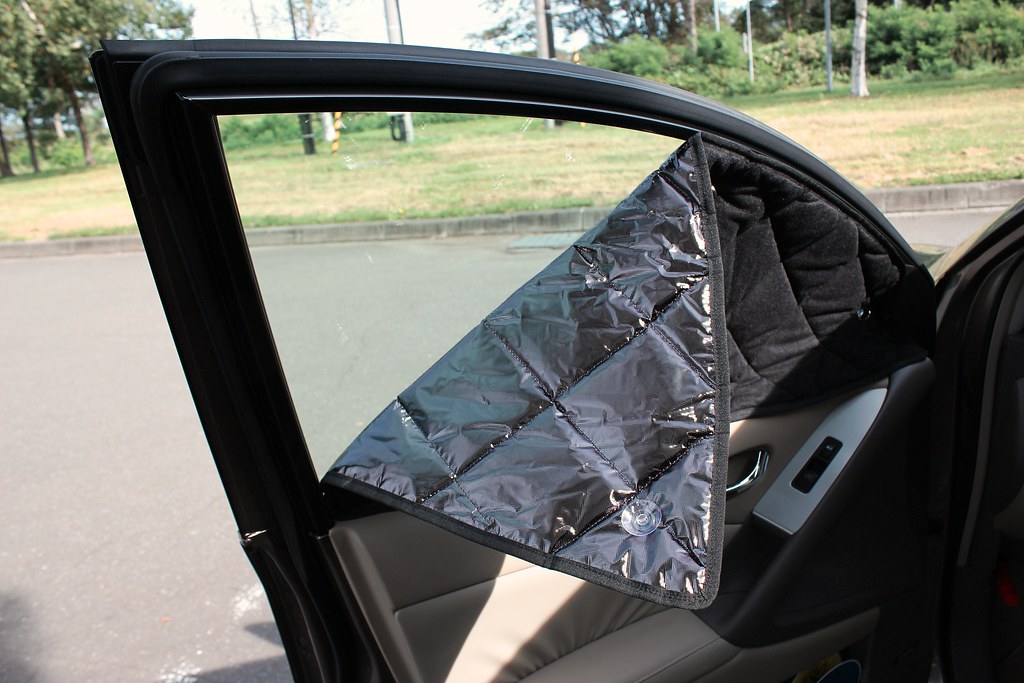
2. **Use Window Shades for Side/Rear Windows**While the windshield is often the primary focus for sun protection, don’t underestimate the significant amount of UV radiation and heat that enters your car through its side and rear windows. Extending your sun protection efforts to these often-overlooked areas with dedicated window shades is a smart and effective strategy. These shades complement your windshield sunshade, creating a more comprehensive protective envelope for your car’s entire interior, including your dashboard, which can still be exposed to indirect or angled sunlight.
Window shades, much like their windshield counterparts, are typically inexpensive and remarkably user-friendly. They come in various forms, from static cling varieties to those with suction cups or roll-up mechanisms, making them adaptable to different window types and personal preferences. The ease of installation and removal means you can deploy them precisely when and where needed, offering flexible protection. Their modest cost makes them an accessible solution for virtually any car owner looking to enhance their vehicle’s interior longevity without a significant financial outlay.
When selecting window shades, prioritize finding options that provide adequate coverage for all the glass. Gaps around the edges can still allow harmful UV rays to penetrate, diminishing their protective efficacy. Whether you opt for custom-fit shades designed for your specific car model or more universal options, ensure they block as much direct sunlight as possible. Maximum coverage is key to creating a truly effective barrier against sun-induced fading, cracking, and warping, particularly for areas like the dashboard that receive indirect light.
Implementing window shades for your side and rear windows amplifies the benefits of your windshield sunshade. Together, they work synergistically to reduce the overall heat load within the cabin, which, in turn, lessens the strain on your car’s air conditioning system. This holistic approach not only keeps the interior cooler and more comfortable but also provides a more consistent shield for all interior materials, preventing uneven deterioration. It’s an easy addition that significantly boosts your overall defense strategy.
Making the use of window shades a regular habit, especially during bright days or when parking for extended periods, will yield noticeable results. This proactive measure ensures that your dashboard, along with your upholstery and other sensitive surfaces, remains safeguarded from the relentless attack of UV radiation. By thoughtfully covering all glass surfaces, you reinforce your car’s interior against premature aging, helping it maintain its aesthetic appeal and structural integrity for the long haul.

3. **Park in Shaded Areas**Among the simplest, yet profoundly effective, strategies to protect your car’s interior from sun damage is the deliberate act of parking in shaded areas. This common-sense approach immediately reduces the amount of direct sunlight assaulting your vehicle, offering an instantaneous shield against the harmful UV rays and intense heat that cause dashboards to fade, crack, and warp over time. It’s a fundamental habit that requires no special equipment, just a keen eye and a bit of planning.
Shaded spots can manifest in various forms. Look for the welcoming canopy of large trees, the protective overhang of awnings, or the cooling shadow cast by tall buildings. These natural and architectural features act as formidable blockers, significantly lessening the sun’s impact on your car’s interior. While it might sometimes require you to walk a little further to your destination, the trade-off is a considerably reduced sun exposure for your car, a small inconvenience for substantial long-term benefits.
Beyond preserving your dashboard, parking in the shade offers a host of ancillary advantages. Your car’s exterior, including its paint and clear coat finish, will also take less of a beating from the bleaching sun and harsh elements. This means less oxidation, reduced fading of the exterior color, and an overall better-preserved body. It’s a win-win scenario where a simple parking choice safeguards multiple aspects of your vehicle, both inside and out.
Developing the habit of actively seeking out shade whenever possible is key. If you frequent a particular parking lot, observe where the shade falls at different times of the day. Over time, you’ll instinctively know the best spots. Even on days when full shade seems elusive, every little bit helps. Even partial shade is better than none, providing a measure of relief for your vehicle’s vulnerable interior surfaces. This mindful approach to parking is a cornerstone of effective sun damage prevention.
Ultimately, parking in shaded areas is a foundational protective measure that empowers car owners to mitigate sun damage without needing to purchase additional products. It costs nothing but a moment of thought and can significantly extend the life and beauty of your car’s dashboard. Combine this strategy with other protective methods, and you’ll create an even more resilient defense against the sun’s relentless attack.
Read more about: Your Ultimate Guide: 12 Essential Strategies to Shield Your Car’s Interior from Sun Damage and Summer Heat

4. **Utilize Car Garages**When it comes to providing the ultimate refuge for your car from the sun’s damaging rays, a car garage stands head and shoulders above other solutions. Whether it’s your personal garage at home or a rented space in a covered parking structure, these enclosures offer complete and consistent protection. Inside a garage, your vehicle is shielded from direct sunlight, ambient UV radiation, and the oppressive heat that can rapidly accelerate the deterioration of your dashboard and other interior components.
For homeowners, making a habit of parking your car in the garage instead of the driveway is a straightforward, zero-effort way to limit sun exposure significantly. This simple routine protects not only the interior but also the exterior paintwork, tires, and all other elements of your vehicle from environmental stressors. It’s an investment in your car’s longevity that begins right at your doorstep, ensuring it remains cool and pristine, ready for your next journey.
If a personal garage isn’t an option, consider the benefits of covered parking facilities, especially if you reside in or frequently visit areas prone to excessive sunlight. Many public parking lots, commercial centers, and residential complexes now offer parking decks or underground garages. While these might come with an hourly or daily fee, the protection they afford can be invaluable in preventing costly repairs down the line, outweighing the minor expense in the long term.
However, it’s also prudent to consider all factors when opting for public parking structures. While they shield your car from the sun, they can sometimes be optimal locales for car thieves. Therefore, always prioritize security measures, ensuring your vehicle is locked, and valuables are out of sight. The trade-off between sun protection and potential security risks is something to be mindful of, prompting a balanced decision based on your specific location and circumstances.
Consistent utilization of a garage or covered parking is a powerful proactive step. It eliminates the need for daily deployment of sunshades or covers, offering a ‘set it and forget it’ level of protection. By prioritizing this option whenever feasible, you grant your car the best possible defense against sun-related damage, ensuring your dashboard and entire interior remain in immaculate condition for years to come, preserving both its look and its value.
Read more about: Your Comprehensive Guide to Installing a Home EV Charging Station: Costs, Process, and Expert Advice

5. **Invest in a Quality Car Cover**While using a car cover demands a bit of extra effort compared to simply parking in the shade, the advantages it offers are truly significant, making it a worthwhile investment for serious car owners. A quality car cover provides an all-encompassing shield, protecting your vehicle’s interior from the relentless assault of UV radiation and safeguarding its exterior against the bleaching effects of the sun and other harsh elements. It’s particularly ideal for vehicles that are frequently left outdoors for extended periods, offering a complete protective cocoon.
The protective benefits for your interior are profound. With a car cover snugly fitted over your vehicle, direct sunlight is completely blocked from reaching the windows and, by extension, your dashboard. This total occlusion means no UV rays can break down the delicate chemical bonds in your dashboard materials, effectively preventing fading, cracking, and warping. The interior also remains significantly cooler, further mitigating heat-induced deterioration and preserving the integrity of all surfaces, from the steering wheel to the upholstery.
When you’re in the market for a car cover, several key characteristics should guide your selection. Foremost, look for high-quality materials specifically engineered with UV protection. These materials are designed to absorb or reflect harmful ultraviolet rays, preventing them from reaching your car. Additionally, breathability is a crucial trait; a good car cover allows moisture and heat to escape, preventing the buildup of condensation which can lead to mold, mildew, or even rust under certain conditions. This ensures a healthy environment for your car’s exterior and interior.
Another critical factor is fit. A car cover should be tailored or custom-fitted for your specific car make and model. A loose, ill-fitting cover can be problematic; it can flap in the wind, potentially scratching your car’s paintwork, and may not provide optimal protection against the elements. A snug fit ensures comprehensive coverage, securing the cover effectively and preventing it from being dislodged by wind or other external forces, thereby maximizing its protective capabilities.
While car covers are a ‘more extreme’ sun blocking option, as the context notes, their effectiveness is unparalleled when your ultimate goal is comprehensive protection from the sun. Despite requiring a bit more effort to secure and store, the long-term preservation of both your car’s interior and exterior makes it an invaluable tool. It’s a dedicated choice for those committed to maintaining their vehicle in showroom condition, battling sun damage with a full-body defense.
Read more about: Drove it Regretted it: 12 Compact Models That Made Owners Question Their Judgment on the First Commute.

6. **Strategic Parking Orientation**Sometimes, finding an ideal shaded spot or having access to a garage simply isn’t an option. In such scenarios, a clever, yet often overlooked, strategy is to adjust your car’s parking orientation. This method involves intentionally positioning your vehicle so that the sun’s most intense rays hit the back or side of the car, rather than directly beaming onto the windshield and dashboard. It’s a simple maneuver that, while not completely eliminating sun exposure, can significantly limit the amount of direct sunlight that contacts your dashboard.
The logic behind this ‘hack’ is straightforward: by rotating your car, you’re essentially minimizing the primary aperture through which the sun can directly attack your dashboard. The windshield, being the largest window and most directly angled towards the driver’s view, typically receives the brunt of the sun’s heat and UV rays. By turning your car so that this critical area is less exposed, you immediately reduce the thermal load and UV impact on the dashboard materials, slowing down the process of fading, cracking, and warping.
This alternative parking approach becomes even more powerful when combined with other protective measures, such as the use of window shades. If you’ve already equipped your side and rear windows with shades, then strategically orienting your car to face the sun primarily on those already-protected surfaces maximizes their effectiveness. It creates a layered defense, where the most vulnerable parts of your car are shielded by the densest protection, while less critical areas absorb the remaining sunlight.
Making strategic parking orientation a conscious habit is particularly beneficial during midday hours when the sun is highest and most intense. Even a slight angle can make a noticeable difference in interior temperature and direct UV exposure over several hours. It’s a free and immediate solution that empowers you to exert some control over environmental factors, even in challenging parking environments.
While it won’t offer the complete protection of a garage or a full car cover, strategic parking orientation is a practical, no-cost way to mitigate damage when other options are unavailable. It’s about making the best of the situation, showing how a little foresight in how you park can go a long way in preserving the aesthetic and structural integrity of your car’s dashboard, contributing to its overall longevity and appeal.
Read more about: The Designer’s ‘Shame’ or Strategic Brilliance? Unpacking 9 Aesthetic Choices That Masterfully Slash Production Costs

7. **Ensure Proper Interior Ventilation**One of the silent but significant contributors to dashboard deterioration is excessive heat buildup within the car’s cabin. Even without direct sunlight, a sealed car can become an oven, and this trapped heat can cause dashboard materials to warp, expand, and contract, accelerating the drying and cracking process. Ensuring proper interior ventilation is a simple, often overlooked, yet highly effective method to combat this problem and protect your dashboard.
The most basic way to achieve this is to crack your windows slightly when parking, especially during hot days. Even a small gap, perhaps half an inch or an inch, on opposing windows can create a cross-breeze. This subtle airflow allows superheated air to escape, significantly reducing the internal temperature of the vehicle. A cooler interior translates directly to less thermal stress on your dashboard, preserving its material integrity and preventing the warping that often precedes cracking.
This simple act of ventilation doesn’t just protect the dashboard; it benefits the entire interior. Seats, steering wheel, and other plastic components all suffer under extreme heat. By keeping the cabin cooler, you extend the life of all these materials, preventing them from becoming brittle or discolored. It also makes your return to the car much more comfortable, as you’re not stepping into a stifling hot environment, reducing the immediate need for your air conditioning to work overtime.
While security is always a concern, cracking windows slightly in a safe, monitored area or in a well-trafficked parking lot is usually a low-risk proposition. Use your judgment based on your surroundings. The goal isn’t to leave windows wide open, but to create just enough of an opening to allow heat to dissipate, preventing the internal temperature from reaching critical levels that can harm your dashboard.
Incorporating proper ventilation into your routine, especially when parking for extended periods in warm weather, acts as a crucial preventative measure. It works hand-in-hand with sunshades and strategic parking to create a multi-faceted defense against sun and heat damage. This small adjustment in habit can lead to substantial long-term benefits, helping your dashboard maintain its original appearance and structural integrity for years, keeping your car’s interior resilient against the elements.
Read more about: Beyond the Horizon: The 15 Most Comfortable Cars for Long Road Trips, Reviewed by Experts
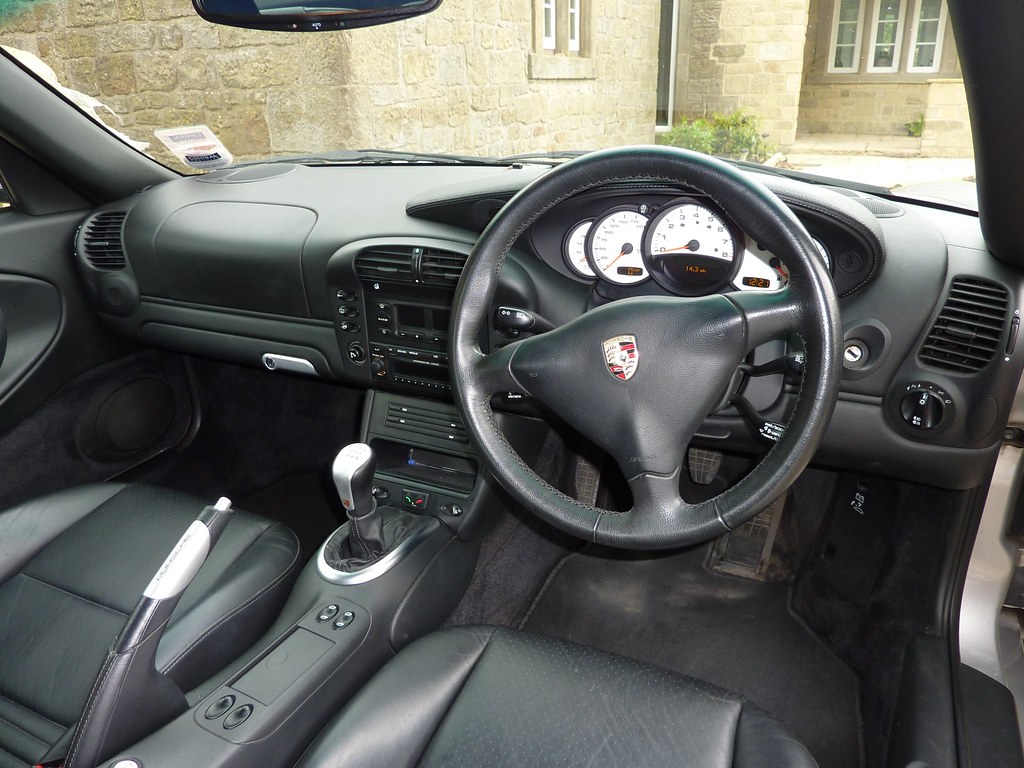
8. **Clean and Condition the Dashboard Regularly**Maintaining your car’s dashboard is a vital preventative measure against sun damage. Consistent cleaning and conditioning are crucial: dust, dirt, and grime act as abrasives, creating imperfections that lead to cracks when exposed to UV rays and heat. This routine maintenance is the first line of defense, preserving your dashboard’s visual appeal and material integrity.
To start, use a soft microfiber cloth to gently wipe down the dashboard, removing loose debris without scratching. For a deeper clean, pair it with a mild, automotive-specific cleaning solution, avoiding harsh chemicals that can strip protective layers. The goal is to lift contaminants without compromising the material itself, ensuring the surface is clean and prepared for conditioning.
Once clean, apply a high-quality dashboard conditioner, specifically formulated for automotive interiors. This replenishes moisture and elasticity, counteracting the drying effects of UV rays and heat that make materials brittle and susceptible to cracking. Make this a monthly habit, or more frequently if exposed to intense sun, to keep your dashboard supple and resilient against environmental stressors.
Read more about: How to Uncover a Used Car’s Past: A Consumer’s Guide to Identifying Former Rentals, Taxis, and Police Vehicles

9. **Apply Interior UV-Protective Films (Dashboard Overlays)**For an elevated level of defense against sun damage, consider applying specialized UV-protective films directly to your dashboard. These advanced coverings, often referred to as interior overlays, represent a modern solution to an age-old problem. Unlike external covers or shades, these films become an integral part of your dashboard’s surface, offering continuous, invisible protection against the very UV rays that relentlessly break down chemical bonds and cause fading, cracking, and warping.
These protective films are typically crafted from durable polyester and are engineered with specific UV-blocking properties. They act as a sacrificial layer, absorbing or reflecting the harmful ultraviolet radiation before it can reach your dashboard’s original material. This significantly extends the lifespan of your dashboard, preserving its color, texture, and structural integrity. Furthermore, they can be applied not just to the main dashboard panel, but also over wood or metal trim, and other hard interior surfaces that are equally vulnerable to sun-induced decay.
While the concept might sound complex, the application process for these films, though requiring precision, is manageable. It’s often recommended to seek professional installation to ensure a flawless, bubble-free finish, especially given the contoured nature of many dashboards. However, for those with a DIY spirit, thorough cleaning of the dashboard surface is paramount before application to ensure optimal adhesion. Any dust or residue can compromise the film’s effectiveness and appearance.
The benefits of these protective films extend beyond just UV blocking. They can also help to reduce glare from the sun, making your driving experience more comfortable and safer. By investing in and properly applying automotive sun protection films, you’re not just preventing damage; you’re actively enhancing your car’s interior longevity and driving comfort. It’s a smart, long-term solution that ensures your dashboard remains pristine, resisting the visible wear and tear that can drastically diminish your vehicle’s overall appeal and resale value.

10. **Install Window Tinting with UV Protection**While dashboard-specific protections are vital, a truly comprehensive strategy against sun damage involves addressing the primary entry point of harmful UV rays: your car’s windows. Installing high-quality window tinting with explicit UV protection is an incredibly effective technique for minimizing the sun’s impact on your dashboard and entire interior. This isn’t just about privacy or aesthetics; it’s about creating a robust, all-encompassing shield that drastically reduces the amount of damaging solar radiation penetrating your cabin.
Modern window tints have advanced significantly, with many formulations designed to block up to 99% of harmful UV rays. This level of protection is a game-changer for your dashboard, preventing the chemical bonds in its materials from deteriorating, which is the root cause of fading and cracking. By significantly reducing UV exposure, tinted windows ensure your dashboard maintains its original color and structural integrity for far longer, effectively halting the aging process caused by the sun.
Beyond UV protection, window tinting offers a host of other practical advantages. It substantially reduces heat buildup inside your car, making the interior cooler and more comfortable, particularly during hot weather. This lessens the strain on your air conditioning system, potentially improving fuel efficiency. Moreover, it reduces glare, enhancing visibility and driving safety, and provides an added layer of privacy for your vehicle’s occupants and contents.
It is crucial to note that the darkness and placement of window tinting are regulated by law in most states. Before proceeding, always check your local laws to ensure compliance. For optimal results and adherence to regulations, professional installation is highly recommended. A skilled technician will ensure the tint is applied perfectly, without bubbles or creases, and that it meets all legal requirements, guaranteeing both maximum protection and peace of mind.
Read more about: Your Ultimate Guide: 12 Essential Strategies to Shield Your Car’s Interior from Sun Damage and Summer Heat
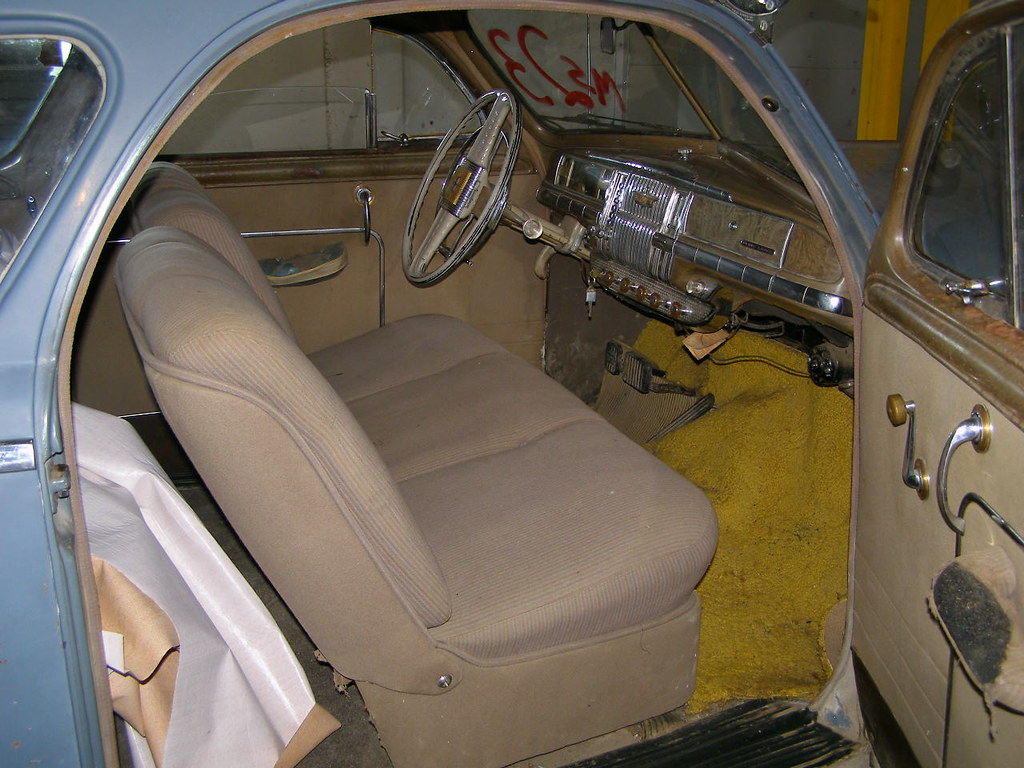
11. **Consider a Dashboard Mat**If the idea of applying a protective film directly to your dashboard isn’t quite your style, or if you’re looking for an alternative physical barrier, a dashboard mat presents an excellent and highly effective solution. This protective covering is specifically designed to sit directly on top of your dashboard, creating an immediate and tangible shield against direct sunlight and its associated heat and UV radiation. It’s a straightforward, often budget-friendly, way to safeguard your dashboard’s surface.
Dashboard mats are typically crafted from various materials such as fabric, velour, or vinyl, each offering different aesthetics and levels of durability. The key advantage of a mat is its ability to physically block the sun’s rays from reaching your dashboard material. This prevents the fading, cracking, and warping that are direct consequences of prolonged UV exposure and intense heat buildup. The mat absorbs the brunt of the sun’s attack, leaving your original dashboard underneath pristine.
One of the significant benefits of a quality dashboard mat is that it’s custom-designed to fit your specific car make and model. This ensures comprehensive coverage, meaning no vulnerable areas are left exposed. Crucially, these custom fits also account for critical elements like air vents, sensors, and airbags, ensuring that the mat does not interfere with the functionality or safety features of your vehicle. A well-fitted mat stays securely in place and looks like an integrated part of your interior.
Beyond its primary protective function, a dashboard mat also contributes to a cooler cabin environment by reducing the absorption of solar heat. This can make a noticeable difference in comfort when you first enter your car on a hot day. Moreover, many mats help to reduce windshield glare, enhancing visibility and driving safety, especially during bright, sunny conditions. Installation is usually as simple as placing it on the dashboard, making it an accessible and user-friendly option for any car owner.
Read more about: Drove it Regretted it: 12 Compact Models That Made Owners Question Their Judgment on the First Commute.
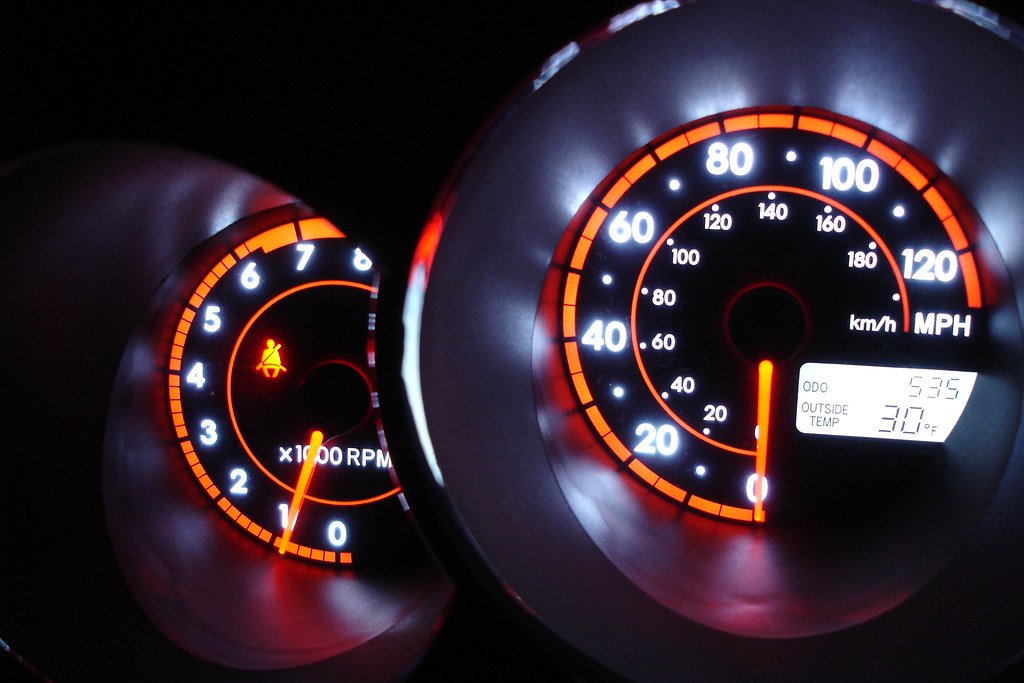
12. **Use Specialized Interior Protectants and Conditioners**Beyond regular cleaning, specialized interior protectants and conditioners offer a targeted defense against sun damage. These aren’t generic cleaners; they are scientifically formulated to combat the damaging effects of UV exposure and heat on automotive interior materials. Integrating them into your car care regimen is a powerful step towards inhibiting fading, cracking, and deterioration before they become irreversible.
Specialized protectants often contain UV inhibitors, creating a barrier that actively blocks or absorbs harmful rays, like sunscreen for your car’s interior. When regularly applied, these products prevent the sun from breaking down chemical bonds in plastics and vinyl, preserving their original color and preventing brittleness. They offer proactive defense, maintaining the material’s structural integrity against ongoing UV assault.
Conditioners, conversely, restore and maintain suppleness. Sun exposure dries out surfaces, causing stiffness and eventual cracking; a good conditioner replenishes essential oils and moisture, keeping the dashboard pliable and resilient. Always select products specifically formulated for dashboards and hard interior surfaces, applying them as directed for maximum benefit, thereby nurturing your dashboard against the elements.
Read more about: Your Ultimate Guide: 12 Essential Strategies to Shield Your Car’s Interior from Sun Damage and Summer Heat
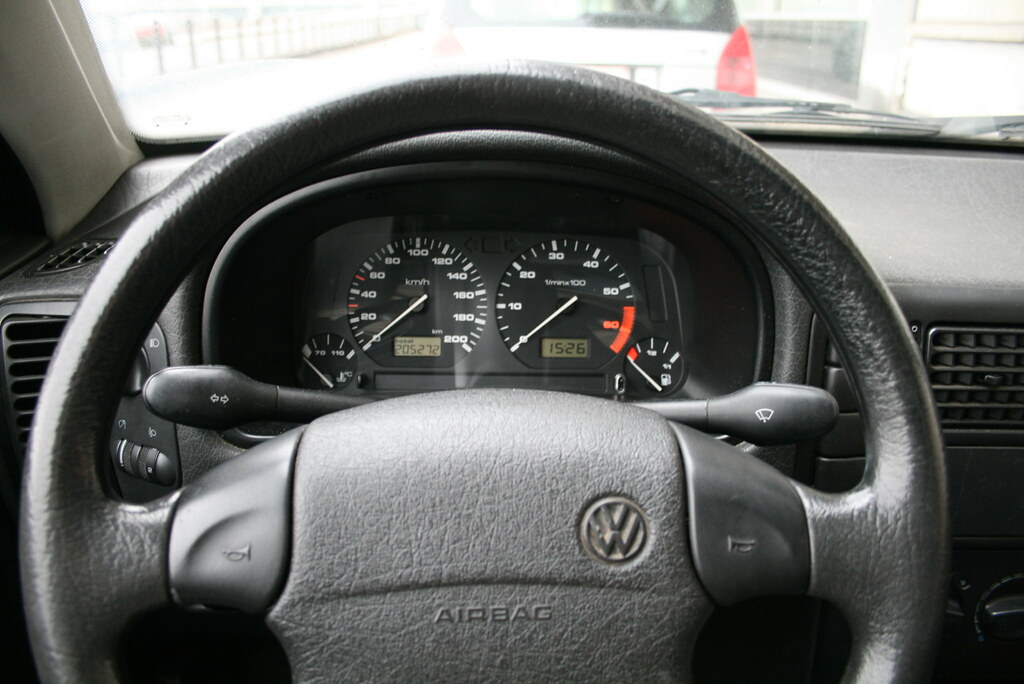
13. **Conduct Regular Inspections for Damage**Even with diligent preventative measures, regular, attentive inspection for early signs of sun damage is critical. Catching minor issues before they escalate into major, costly problems is a key ‘hack’ for successful car ownership. This proactive vigilance empowers you to intervene promptly and prevent irreversible degradation of your dashboard.
Make it a habit to periodically examine your dashboard and other interior components closely. Look for subtle signs of distress: slight fading or discoloration, fine hairline cracks, especially around edges or seams, or any changes in texture like dryness or brittleness. Also, check for minor warping, distortion, bubbling, or peeling, as these are crucial early warnings of sun damage.
If you detect any such issues, early intervention is essential. This might involve increasing the frequency of your cleaning and conditioning, reapplying protective films, or adjusting parking strategies. Addressing problems promptly prevents them from worsening, saving you from expensive repairs and preserving your dashboard’s appearance and structural integrity for years to come.
Read more about: How to Uncover a Used Car’s Past: A Consumer’s Guide to Identifying Former Rentals, Taxis, and Police Vehicles
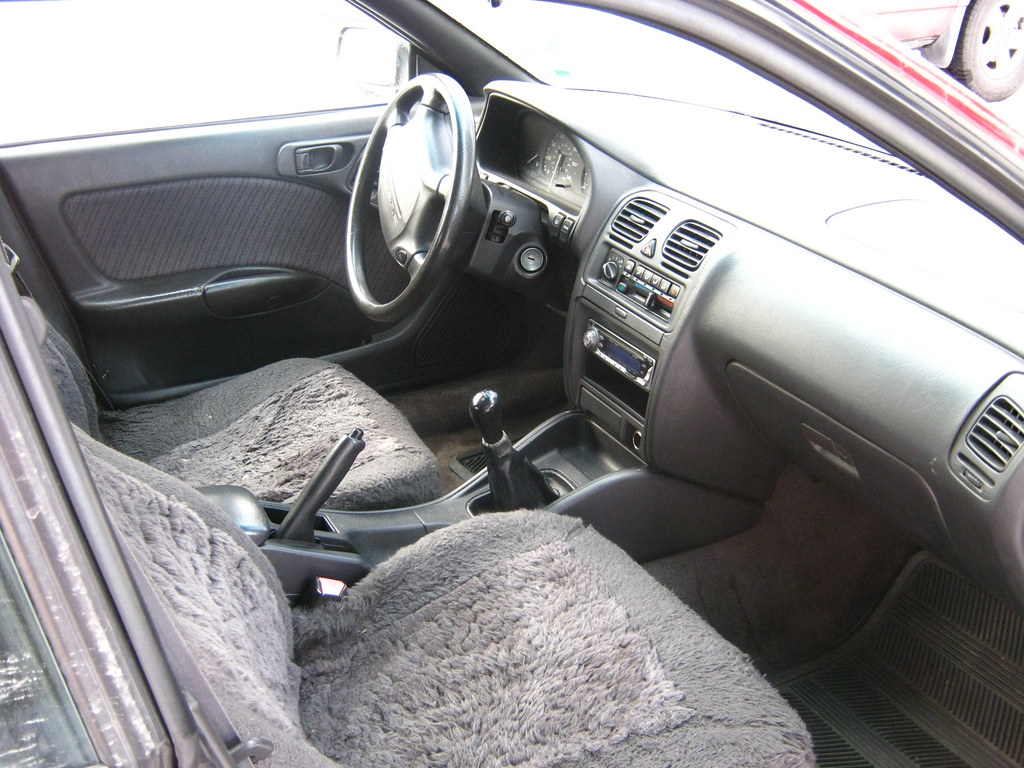
14. **Embrace a Holistic Approach to Car Interior Preservation**As we’ve explored the numerous practical strategies for safeguarding your car’s dashboard from sun damage, it becomes clear that no single solution works in isolation. The most effective defense against the sun’s potent UV rays and intense heat lies in embracing a holistic and consistent approach to car interior preservation. This means integrating a variety of methods—from physical barriers to specialized treatments and vigilant maintenance—into a comprehensive and unwavering routine.
Think of your car’s interior as a system, where each protective measure reinforces the others. Deploying a windshield sunshade, for instance, is excellent, but its efficacy is amplified when combined with strategic parking in the shade, the use of window tinting, and regular application of interior protectants. Each ‘hack’ or technique adds another layer to your defensive shield, creating an environment where sun damage struggles to take hold, ensuring your dashboard remains resilient against the elements.
This holistic mindset also extends to the consistency of your efforts. Protecting your car isn’t a one-time fix; it’s an ongoing commitment. Regular cleaning, conditioning, and periodic inspections are just as vital as the initial installation of a dashboard mat or protective film. It’s the cumulative effect of these diligent practices, performed consistently over time, that truly preserves your dashboard’s aesthetic appeal and structural integrity, preventing that dreaded fading, cracking, and warping.
By being observant, conducting regular maintenance, and thoughtfully using quality protective products, you drastically reduce the risks associated with sun exposure. This empowering approach ensures that your vehicle not only maintains its pristine appearance but also preserves its resale value, making it a wise investment in your car’s longevity. You’re taking control, armed with clever solutions designed to keep your car looking its best and ready for many more sunny adventures ahead.
Read more about: Beyond Books: How Local Libraries Are Reshaping Their Vital Role in the 21st Century Community
This integrated strategy offers the ultimate peace of mind, knowing you’ve done everything possible to shield your beloved vehicle from one of its greatest environmental threats. So, go forth, empower yourself with these actionable steps, and enjoy a vibrant, well-preserved interior for the entire lifespan of your car.



